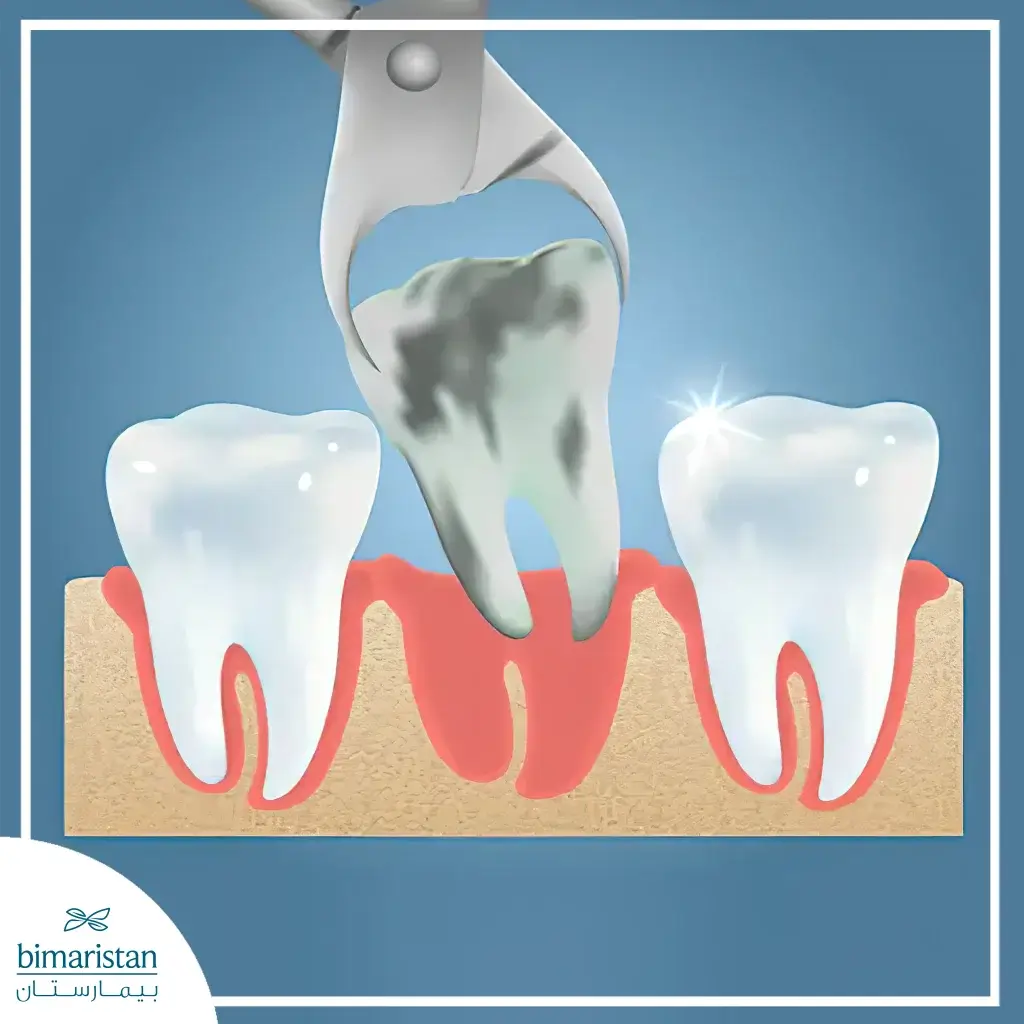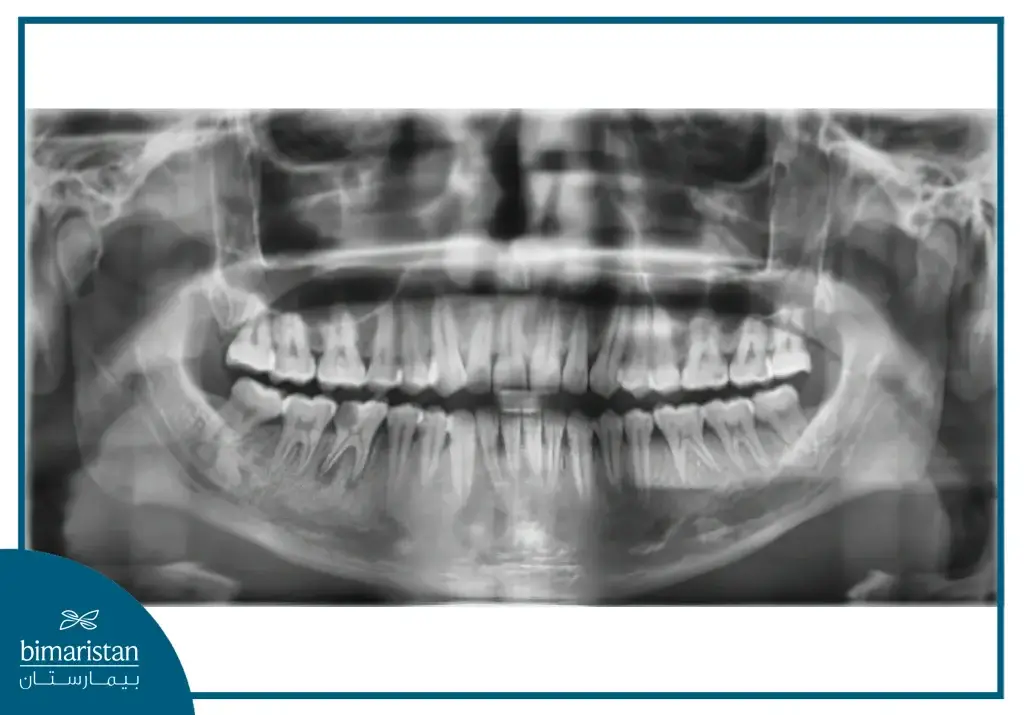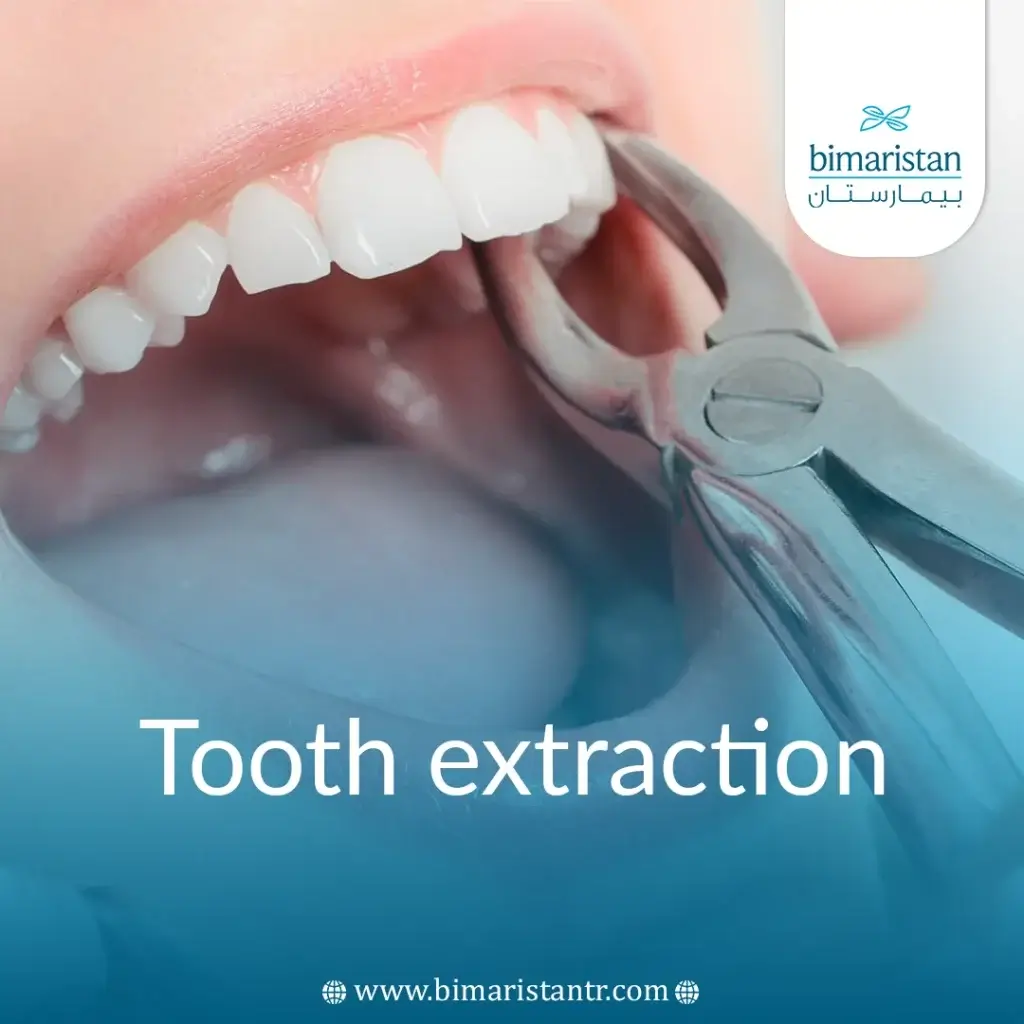Tooth extraction means removing teeth due to decay, trauma, or crowding. In this article, we will learn about the different methods of tooth extraction in Turkey and recovery tips.
Everything you need to know about tooth extraction

According to studies, tooth decay and periodontitis are the most common causes of tooth extraction.
Dentists and oral surgeons remove teeth for various reasons. Some examples include the following:
- Tooth decay
- Gum disease
- Dental infections
- Trauma or injury to the tooth or surrounding bone
- Wisdom tooth complications
- Preparing for braces if teeth are overcrowded
- Baby teeth not falling out at the right age
Types of tooth extraction
The correct type of tooth extraction depends on the shape, size, position, and location of the tooth in the mouth.
Dental surgeons categorize tooth extractions as either simple or surgical; simple extractions involve teeth visible above the gum and can be removed by the dentist in one piece.
Surgical extraction is more complex and involves the removal of gum tissue, bone, or both. Sometimes, the surgeon may need to remove the tooth in pieces.
Wisdom teeth are the last to erupt and are usually the first to need to be removed. Wisdom tooth extraction is a common procedure in oral surgery because, in many cases, they become impacted, meaning they don’t fully emerge from the gums.
Preparing for tooth extraction
Before the extraction, the person will consult with the dentist or oral surgeon. During the consultation, the doctor will ask for a thorough medical history and will also ask about any medications the person is taking.
Some people need to stop or start taking certain medications in the days leading up to surgery, depending on the number of teeth and/or bones to be removed. Your doctor may also prescribe certain medications on the day of surgery.
Stopping blood thinners
Many people take blood-thinning medications to prevent blood clots from forming in the vessels, and these medications can lead to more bleeding during surgery.
A dental surgeon can usually control bleeding at the extraction site by:
- Using topical clotting medications on the gums.
- Fill the tooth socket with foam or dissolvable gauze.
- Stitching the dislocation site.
- Gauze and compression after the procedure can also help stop bleeding.
However, anyone taking blood thinners should tell the dental surgeon during the consultation.
People usually don’t need to stop taking blood thinners before a tooth extraction, but your surgeon may need to see recent blood test results to determine whether you should temporarily switch to a different blood thinner or stop taking this type of medication before the procedure.
Start antibiotics
In a few cases, the dentist may prescribe antibiotics before the tooth extraction.
He may do this, for example, to treat tooth infections with widespread symptoms, such as fever or malaise, along with a swollen mouth.
Toothaches without swelling do not require antibiotics; always take antibiotics exactly as directed by your doctor and avoid unnecessary use.
You may need antibiotics if you have a high risk of septic endocarditis or an infection of your heart valves or the inner lining of your heart’s endocardium.
According to the American Heart Association (AHA), people with certain heart conditions have an increased risk of developing this infection after a surgical tooth extraction, so the AHA and the American Dental Association recommend that people with any of the following take antibiotics before dental surgery to minimize the risk of infection:
- Artificial heart valve
- Heart valve repair surgery with synthetic materials.
- Heart transplant with structural valve abnormalities
- Some congenital heart defects
- Previous infective endocarditis
Anesthesia during tooth extraction
The person will be given a local anesthetic injection near the dislocation site that numbs the area so that the person does not feel any pain; the numbness will continue for a few hours after the surgery.
To reduce anxiety during a tooth removal procedure, your dentist or surgeon may offer additional anesthesia or a sedative to reduce anxiety:
- Nitrous oxide, also known as laughing gas
- Oral tranquilizer
- Intravenous (IV) anesthesia
- With general anesthesia, the person receiving general anesthesia will be completely asleep during the procedure.
Some dentists do not have the above options in their clinics. If anyone needs any of the above options, they should tell their dentist during the consultation, and the dentist may refer them to an oral surgeon.
Performing a tooth extraction or wisdom tooth extraction
Before starting the extraction, the surgeon takes a radiograph of the person’s tooth, which helps assess the curvature and angle of the tooth root.

Once the local anesthetic has numbed the area, the surgeon will begin the extraction. If the tooth has multiple roots, as in wisdom teeth, he may remove the tooth in several pieces. If the tooth is hidden under the gum tissue or bone, the doctor may need to cut the gum or remove the blocked bone area.
You shouldn’t feel pain, but you can expect to feel pressure on the tooth. You may also hear creaking and cracking of the bone or tooth, and some people find the experience unpleasant.
If you feel any pain, you should immediately notify your dentist or oral surgeon, who will administer more anesthesia.
After a tooth extraction, stitches or additional procedures may be necessary to control bleeding. The dentist or surgeon will place a thick layer of gauze on the extraction site and have the person bite down on it to absorb the blood and start the clotting process.
Instructions after a tooth extraction
Here are ways to help minimize discomfort and promote healing after a tooth extraction.
Changing dental gauze
After a tooth extraction, your dentist or surgeon will place a thick layer of gauze over the site. Biting down on this gauze with steady pressure will help control the bleeding.
The gauze should remain in place for at least 20-30 minutes. The person will then need to replace the gauze as it becomes soaked with blood, and bleeding is likely to continue for one to two days after surgery.
Managing pain after tooth extraction
Numbness from local anesthesia should only last for a few hours after the extraction. Call your dentist if the numbness persists and does not go away.
Your dentist may prescribe medication to relieve pain and inflammation after the procedure. Over-the-counter medications such as acetaminophen or ibuprofen are usually sufficient to control pain after a routine extraction.
Controlling swelling after tooth extraction
People may experience mild facial swelling in the area of the dislocation, this is normal and applying ice to the face may help reduce the swelling.

Avoid tampering with the dislocation site
The first 24 hours after a tooth extraction is very important; discomfort or irritation of the area can prevent blood from clotting effectively and slow down the healing process, so people should avoid:
- Sucking at the vacuum site
- Touching it with the tongue
- Using a straw
- Spitting
- Eating solid foods, especially crunchy foods
- Rinse your mouth and rinse vigorously
- Drinking alcoholic beverages or using mouthwash that contains alcohol
- Smoking
Eating and drinking after tooth extraction
After a tooth extraction, drink plenty of fluids and eat soft and nutritious foods, when chewing becomes comfortable again reintroduce hard foods slowly, your dentist will recommend chewing on the opposite side of the extraction site until the wound is completely healed.
Brushing and flossing
Continue brushing and flossing as usual after tooth extraction, but be careful not to remove the blood clot.
Starting the day after surgery, you can rinse every few hours with warm water and salt; to do this, add half a teaspoon of salt to a glass of water.
Implants after tooth extraction
It will be uncomfortable to have a gap in your mouth after an extraction, so if you’ve had a tooth extraction or know you’ll have to have one soon, you may want to fill that empty space as soon as possible.
When is the best time to get dental implants after a tooth extraction?
The answer varies from patient to patient as we have a number of possible options.
Immediate implants immediately after tooth extraction
If certain conditions are met, a dental implant can be placed in the jawbone immediately after a tooth extraction during the same appointment; this option will be suitable for you if there is no gum disease and you have a thick and healthy jawbone.
Early transplantation
Usually occurring 2-3 months after the extraction, this short waiting period allows your gums to heal and gives your body a chance to fight off any infection you may have had, in most cases this type will allow patients to avoid getting a bone graft.
Late transplantation
A dental implant is performed 3 months or more after an extraction, which is usually the best option for individuals who have suffered damage and destruction of oral tissues either due to advanced gum disease or other reasons.
You may need bone grafts or other procedures before you are eligible for dental implant surgery, our center has the latest implant methods by the most skilled specialists in Turkey, you can contact us for a free consultation.
Complications of tooth extraction
One of the complications of tooth extraction is the occurrence of dry socket infection, which is not an infection of the bone in the extraction area that has become exposed either due to the lack of blood clotting or due to the release of the clot.
Dry sockets can cause severe, radiating pain that usually starts a few days after tooth extraction and can also cause bad breath. If you experience severe pain that starts two to three days after surgery, you should see your dentist.
Treatment will include cleaning the area with a serum and applying medical putty over the exposed bone to protect it.
People can usually prevent dry sockets by following their dentist’s aftercare instructions, especially by not smoking after surgery.
Another complication is infection, which can occur when bacteria infect the gum line in and around the socket within one to two days after surgery.
Anyone experiencing any of the following infection symptoms should contact their dentist:
- Persistent swelling
- Pus and redness in or around the dislocation site
- fever
- Swollen glands in the neck
If you do not experience any complications during healing, you do not need to follow up with your dentist; some types of stitches dissolve and do not need to be removed.
Your dentist or oral surgeon may schedule a one-week follow-up appointment to check how the extraction site is healing.
Does wisdom tooth extraction affect the shape of your face?
In general, the extraction of wisdom teeth alone does not affect the shape of the face. However, if there are multiple teeth, it will, of course, affect the shape of the jaw. This effect can be minimized by direct dental implants or dental bridge treatment. The change can also be corrected with orthodontics.
Tooth extraction costs
The cost of a tooth extraction varies depending on factors such as:
- The place where the person lives.
- Type of dislocation.
- How complicated is the dislocation process?
- The doctors performing the procedure, as specialized oral surgeons, usually charge more than general dentists.
Additional anesthesia such as nitrous oxide increases the cost and the extraction fee does not include the cost of any initial examination and X-rays required to see if the tooth needs to be removed.
It is important to have a consultation with your dentist or oral surgeon to discuss all the costs of the procedure ahead of time.
Before a tooth extraction, you will meet with your dentist or oral surgeon to discuss the details of the procedure.
During this consultation, the doctor will take a full medical history and ask about past and current health issues and treatments to ensure that the correct safety measures are applied.
The person should ask about costs and share any concerns about additional anesthesia.
Before extracting the tooth, the dentist or oral surgeon numbs the area with a local anesthetic, making the procedure painless, although discomfort may persist.
Anyone can take several steps to help speed up healing, but it is important to avoid disturbing or irritating the dislocation site to help the blood clot heal.
Sources:
- First Line Dental
- healthline
- Bupa UK
